Blue-Ringed Octopus
Although many creatures on Earth are docile and harmless, there are many who are just the opposite. Both large and small, the earth is home to some very ferocious animals.
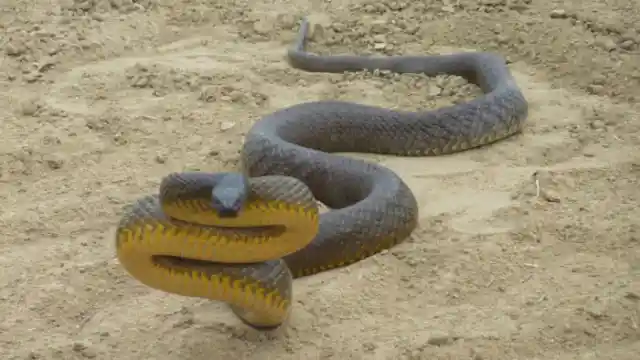
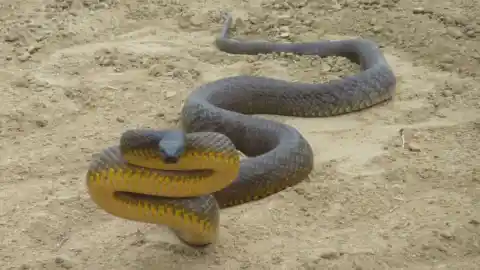
Here are the most dangerous species on the planet.
The Blue-Ringed Octopus lives in tide pools and coral reefs in the Pacific and Indian Oceans. They are considered one of the most venomous marine animals. They are normally rather passive, unless they feel threatened.
Portuguese Man O’ War
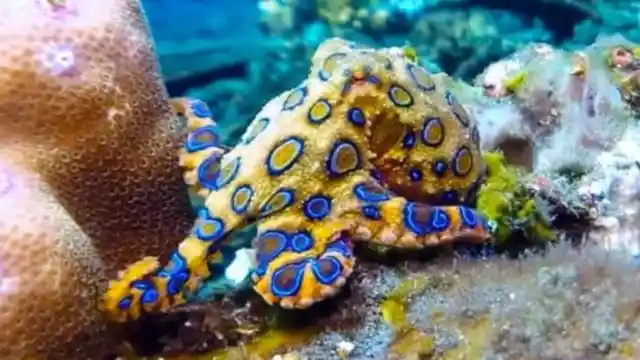
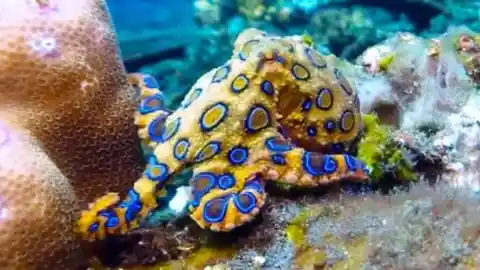
If handled or provoked, they will sting humans with a neurotoxin that is powerful enough to kill. If stung, artificial respiration on the victim is required, as the venom causes paralysis of the respiratory muscles.
The Portuguese Man O’ War is found in the Atlantic, Indian and Pacific Oceans. It is commonly identified as a jellyfish, however it is a siphonophore (a colonial organism). The stinging venom for the man o’ war leaves humans in severe pain and normally large red welts.
Great White Shark
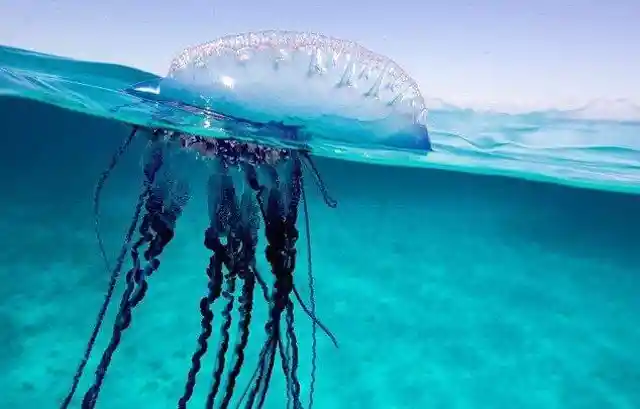
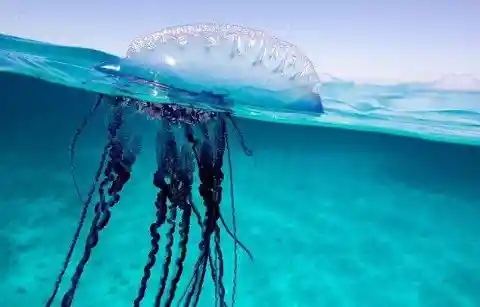
The venom can also travel to the lymph nodes and cause symptoms similar to an allergic reaction. Other symptoms can include fever and shock. Not only can these species sting you while alive but detached tentacles can also cause just as painful of a sting.
The Great White Shark is a predator that can be found all over the Earth, more specifically coastal oceans. Both male and females can grow to a very large animal, however, the females can grow slightly larger than the males. Females can grow up to 20 feet (6.1 m) in length and weigh up to 4,300 pounds (1,950 kg).
Cape Buffalo
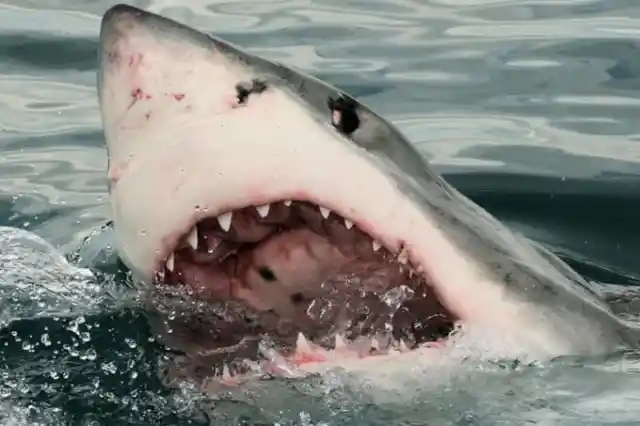
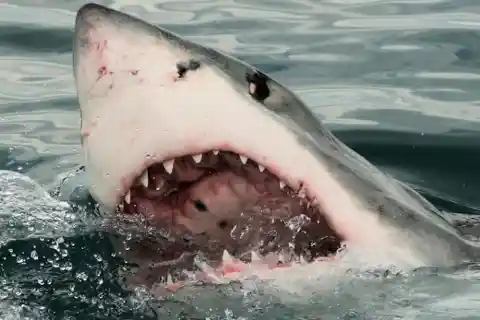
The Great White is responsible for the largest number of recorded shark bites on human beings. Although Great Whites do not normally seek out humans as food, humans are normally just “test-bitten” by the shark when attacked.
The Cape Buffalo is found in sub-saharan Africa. They are normally relatively calm and they travel in herds. However, if an individual buffalo is injured, they become insane killers.
Deathstalker
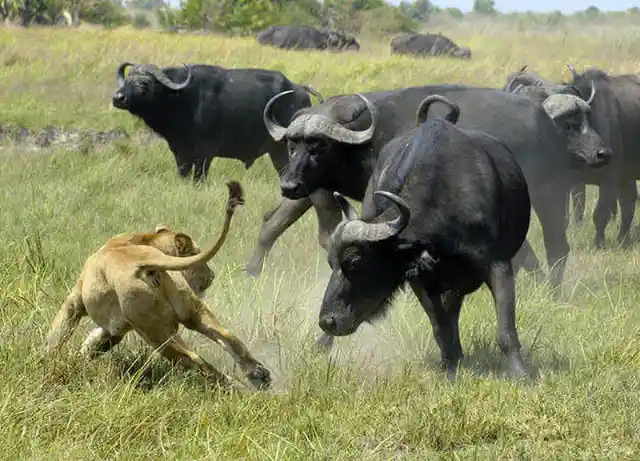
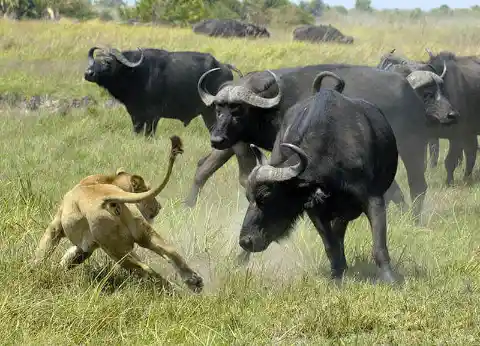
Perfectly nicknamed, the Black Death, Cape Buffalo kill more hunters in Africa than any other animal. They will continue to attack even if you injure them. These behemoths can grow up to 6 feet long and weight nearly a ton.
This scorpion certainly has a fitting name, the Deathstalker. This highly venomous scorpion is found in North Africa and the Middle East. The venom of this guy contains a high level of neurotoxins.
Giant Pacific Octopus
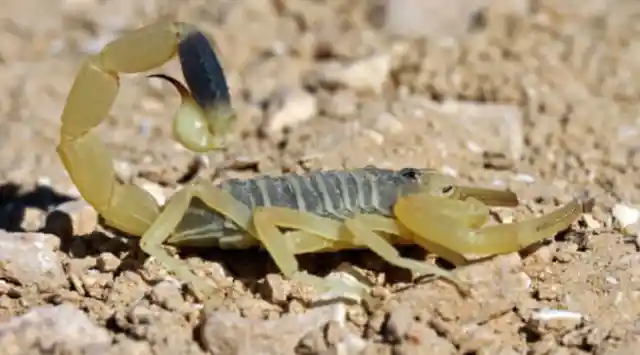
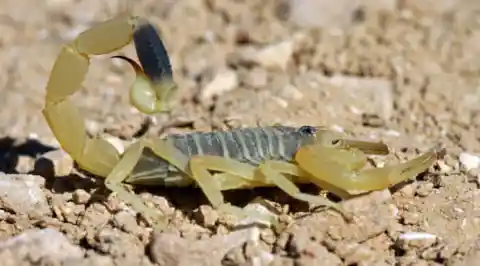
One sting to a grown adult, although extremely painful, will most likely not kill. However, a sting to a child, or the elderly, may be lethal. There is an anti-venom, however, sometimes the venom is resistant to the treatment.
One of the largest octopi on earth is the Giant Pacific Octopus. This octopus has 8 arms, all of which are lined with two rows of suckers. The suckers are then lined with hooks to capture its prey.
Cone Snail
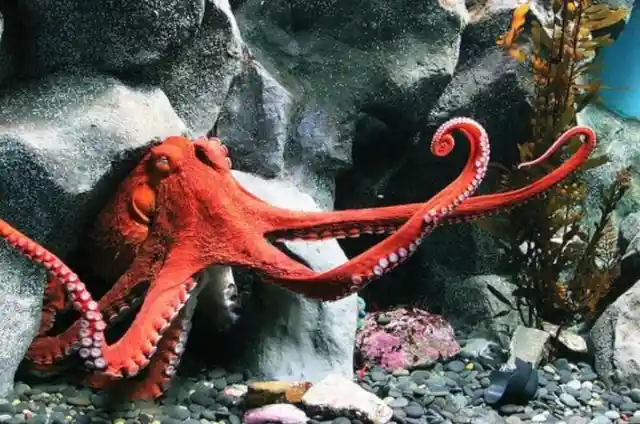
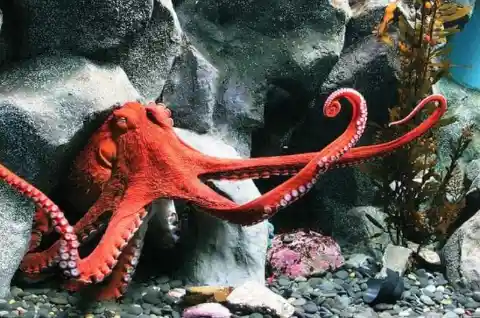
In the center of the arms is a mouth that contains a beak and a toothed-tongue. Although not known to attack humans, this octopus is strong enough to feed on tiny sharks.
The Cone Snail can be found in warm waters near the equator. They are normally seen in shallow depths close to the shore around rock formations and coral reefs. Although tempting, if you see one do not touch it!
Siafu Ant
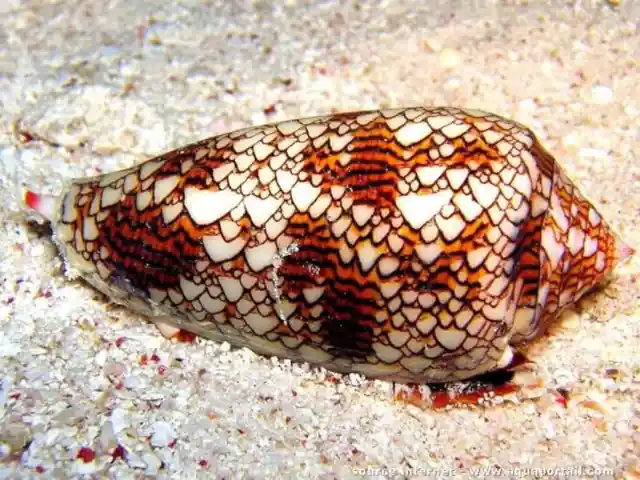
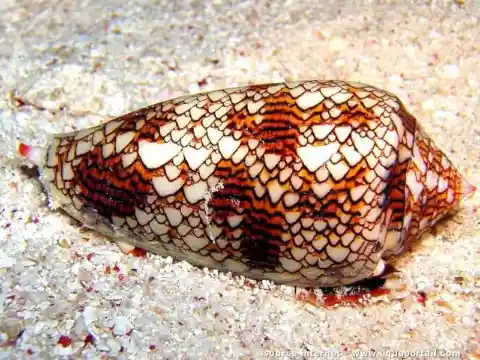
The snails have harpoon-like teeth which contain a venom called conotoxin. The toxin stops nerve cells from communicating and can cause paralysis almost immediately. There is no antivenin.
Don’t underestimate these guy because of their sizes. They are the true definition of strength in numbers. Also known as driver ants, if they feel attacked or threatened, the whole swarm will come after you. The swarms can contain up to 50 million and all will bite you.
Saw-Scaled Viper
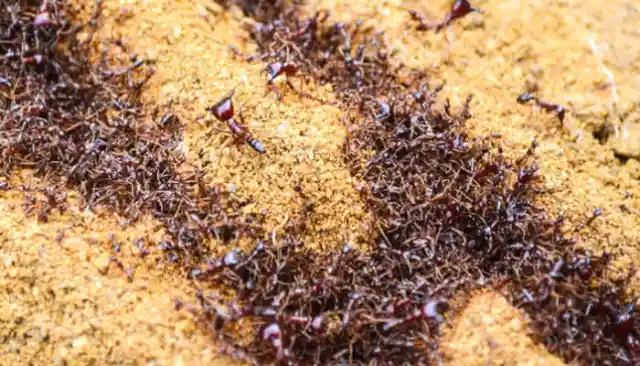
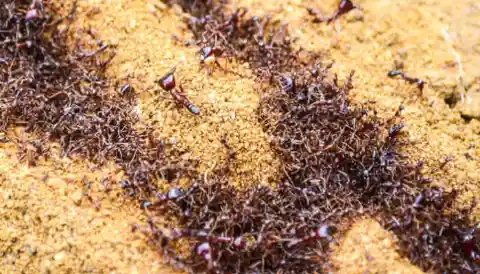
Their bites are extremely hard to remove once they attach to their prey. Even after death, their jaws will remain clamped. Although they may not be the most deadly, they are certainly very dangerous.
The Saw-Scaled Viper kills more people than any other snake each year. Although it only grows to 1-3 feet long, its venomous bite can do lots of damage. Their venom contains hemotoxins and cytotoxins, which leads to multiple bleeding disorders including the possibility of an intracranial hemorrhage.
African Lion
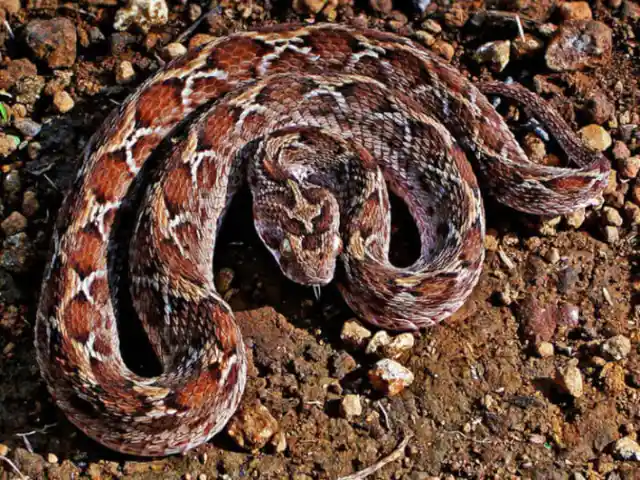
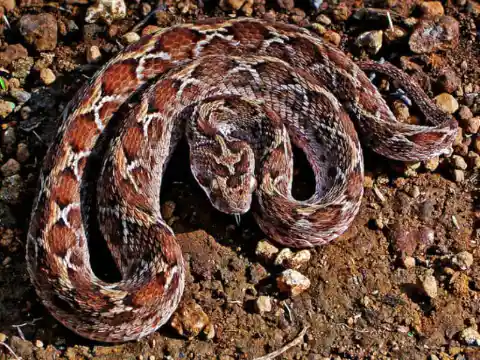
Many of these snakes are found in areas where modern medicine is not found. Therefore, victims sometimes suffer a long, painful death.
The African Lion lives in groups called prides and can weigh 265 to 420 pounds. These animals are very territorial. The males will protect the land and the pride, while the females hunt for food.
Inland Taipan
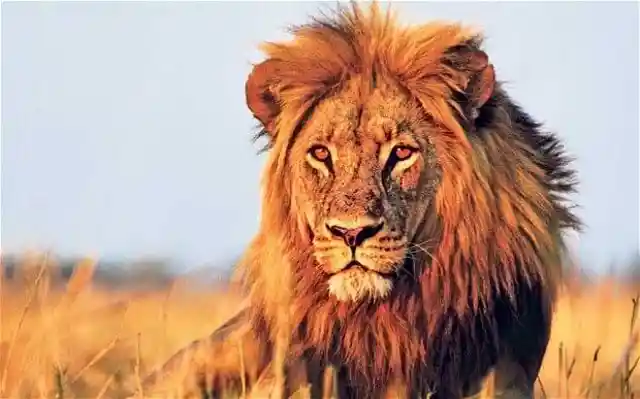
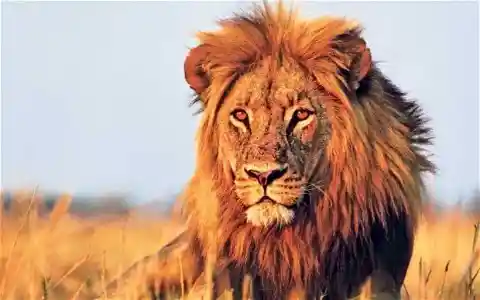
Although rare, there are accounts of lions eating man. Due to its cunning hunting skills, speed and strength, if targeted by an African Lion a person stands little chance of survival.
The Inland Taipan is the most venomous of all the snakes in the world. What also separates this snakes from many others is its prey. The snake is an expert in hunting mammals, therefore, its venom is adapted to kill warm-blooded species.
Assassin Bug
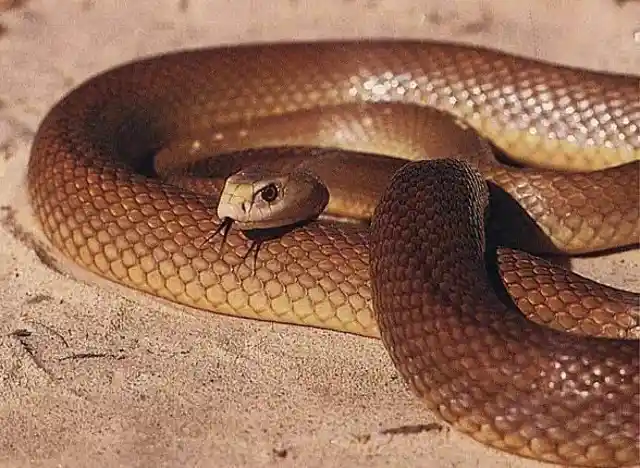
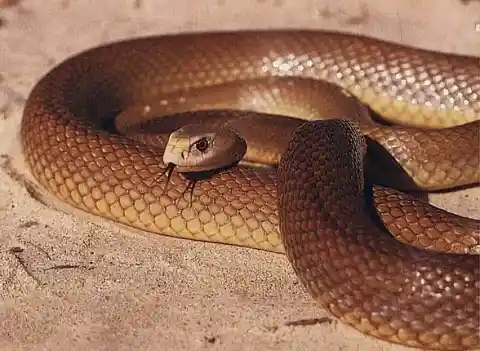
It normally does not strike unless provoked. Its venom contains neurotoxins which affect the nervous system, hemotoxins which affect the blood, and myotoxins which affect the the muscles. If untreated the venom can be lethal.
The Assassin bug is perfectly named as it kills around 12,000 people each year. Although its bite does not directly kill, the disease it carries does. The assassin bug, also known as the kissing bug, carries the Chagas Disease.
Flower Urchin
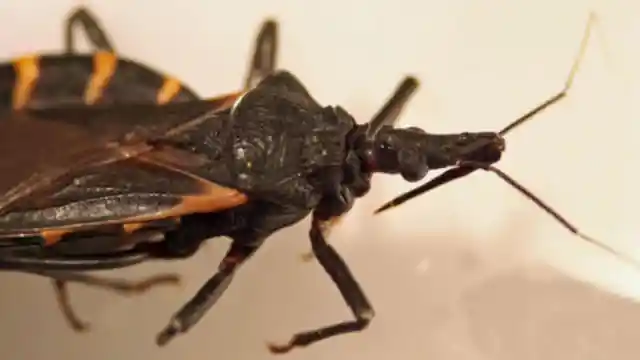
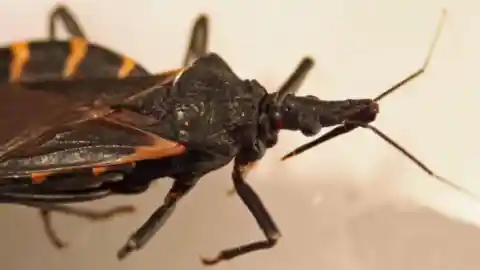
Chagas Disease is a parasitic infection, and if left untreated can be fatal. However, there is no vaccine for the disease. Prevention is focused on decreasing the bugs contact with humans by using sprays and paints that contain insecticides, as well as improving sanitary conditions.
The flower urchin, or scientifically known as the Toxopneustes pileolus, is commonly found in the Indo-West Pacific. The name was given to the creature because if its numerous and distinctively flower-like appendages, which are normally pinkish or yellowish white. The urchin normally inhabits coral reefs, sea grass beds or rocky environments.
Africanized Honey Bee
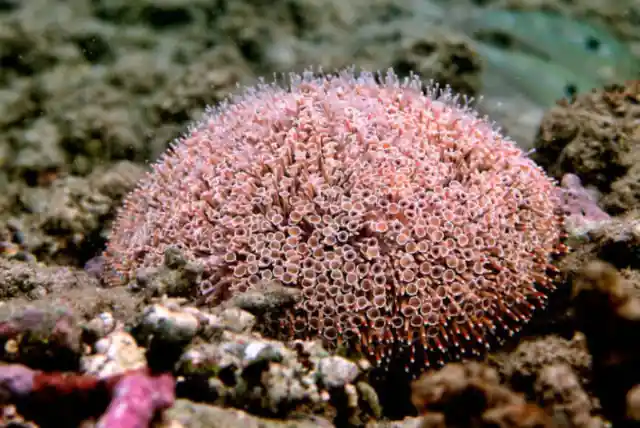
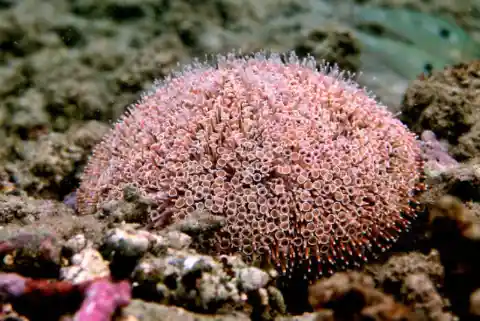
Although they may look pretty, do not touch. When touched they deliver a very painful sting causing debilitating pain.
The Africanized Honey Bee, also known as the Killer Bee, was created by man, not by nature. The bee is a cross-breeding of the African Honey bee and various European Honey bees. The new breed of bee was taken to Brazil in the 1950s in hopes to increase honey production.
Mosquito
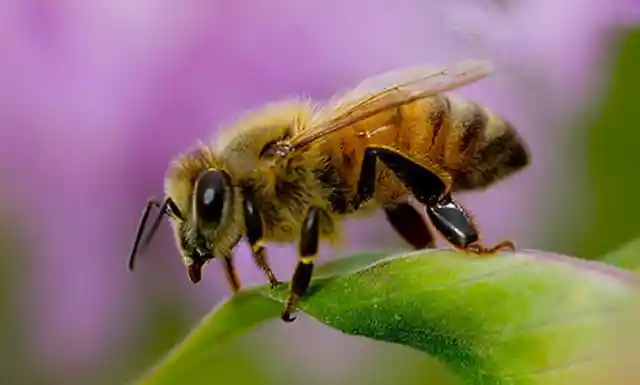
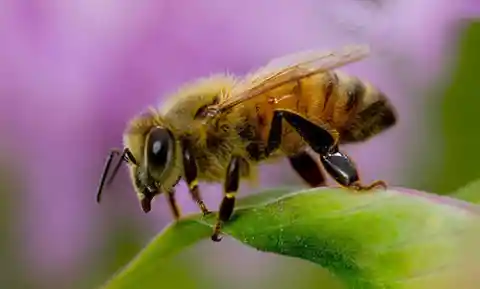
However, several swarms escaped, and has since spread throughout the Americas. They are a very defensive species and chase humans long distances. They have killed over 1,000 humans, as well as many other animals such as horses.
Many people see mosquitoes just as tiny annoyances. However, they are actually much more dangerous than most people perceive. The World Health Organization has reported that close to 725,000 people each year are killed by mosquito-born diseases.
Black Mamba
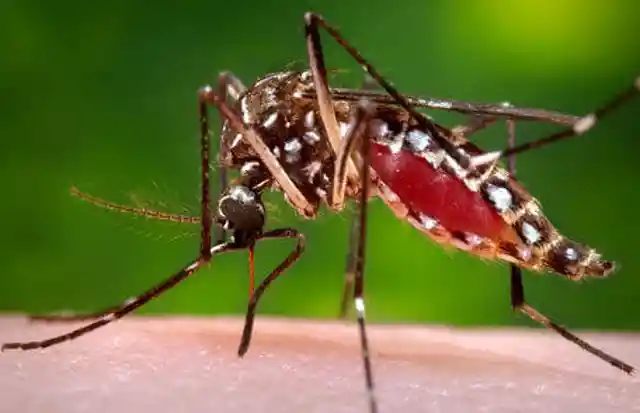
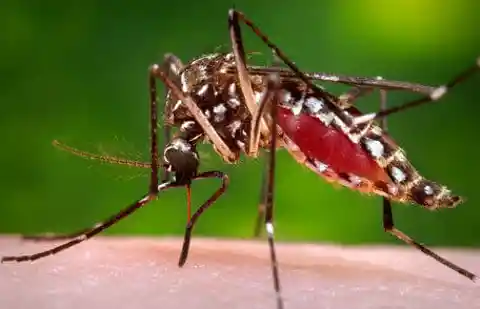
Hundreds of millions have been affected with malaria, many of which die for the disease. The bug also carries deadly diseases such as dengue fever, yellow fever, and encephalitis.
The Black Mamba is found in the savannas and rocky areas in southern and eastern Africa. It can grow up to 14 feet long and can slither up to 12.5 mph, making it the fastest snake in all the planet. Although it only attacks when it is provoked, when it does attack beware.
Tsetse Fly
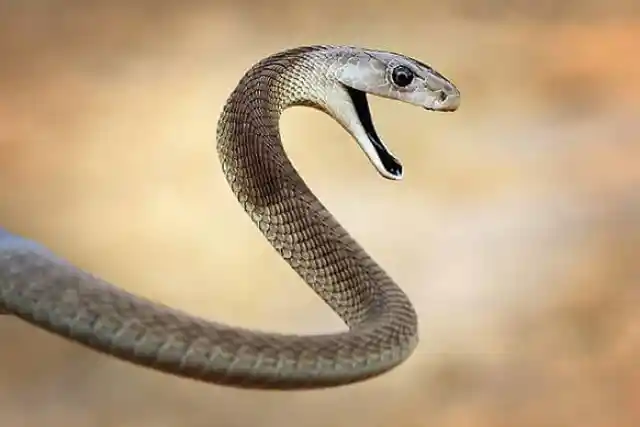
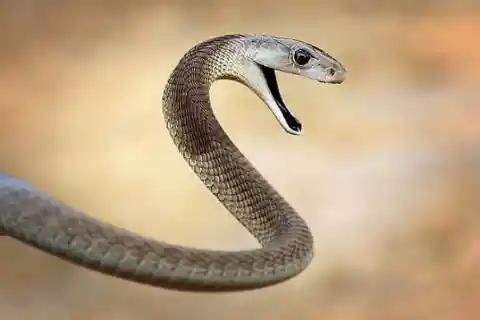
The Black Mamba will bite several times, delivering enough toxins to kill 10 people. There is a antivenin but it must be received within 20 minutes.
The Tsetse Fly is found in Sub-Saharan African countries. The flies, like mosquitoes, feed other other animal’s blood. However, it’s not the bite that will harm you, it’s the parasites they spread that are so harmful.
Stonefish
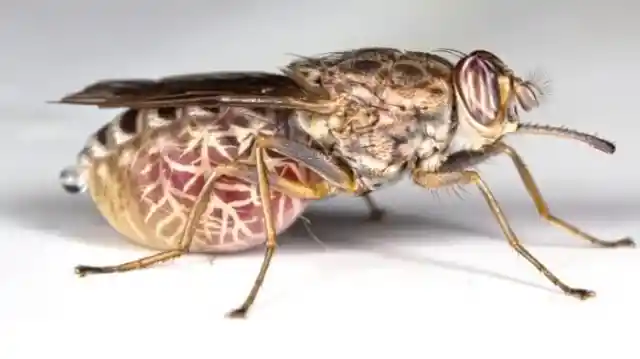
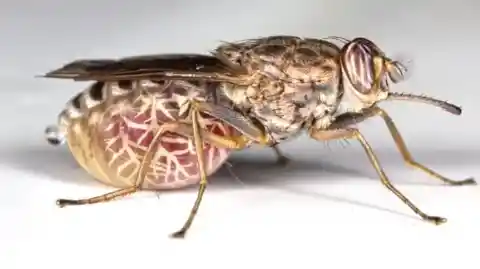
The parasite known as Trypanosomes are the direct cause for African Sleeping Sickness. The sickness leads to behavioral changes, poor coordination, trouble sleeping, and if not treated, death. The only way to prevent a bite is to wear neutral colors, avoid bushes during the day, and use permethrin-treated gear.
The Stonefish is one of the most venomous fish. Mainly found on the coasts in the Indo-Pacific oceans, stonefish get their name from its ability to camouflage itself amongst the rocks. Due to its camouflage, swimmers may not see the fish and accidentally step on it.
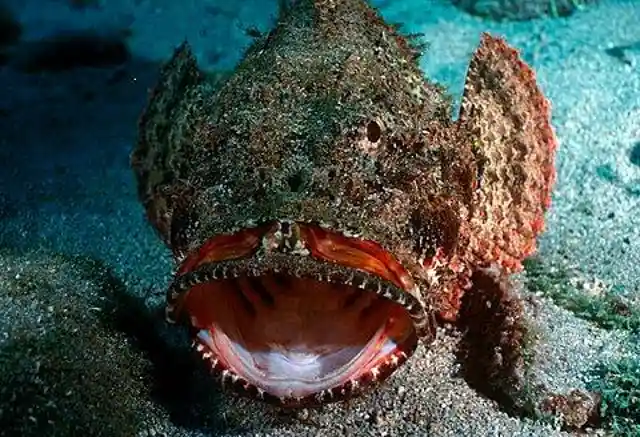
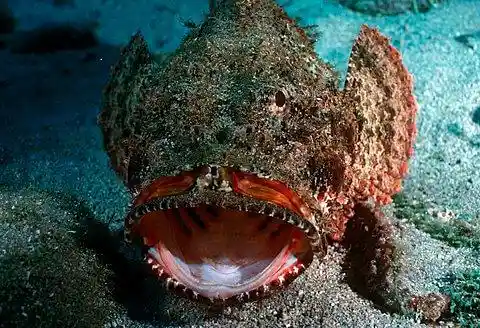
Unfortunately, this normally does not end well for the swimmer. The Stonefish has needle-like dorsal fin spines which secrete neurotoxins when disturbed. There is an anti-venom, and if the sting is minimal, hot water may also destroy the venom.